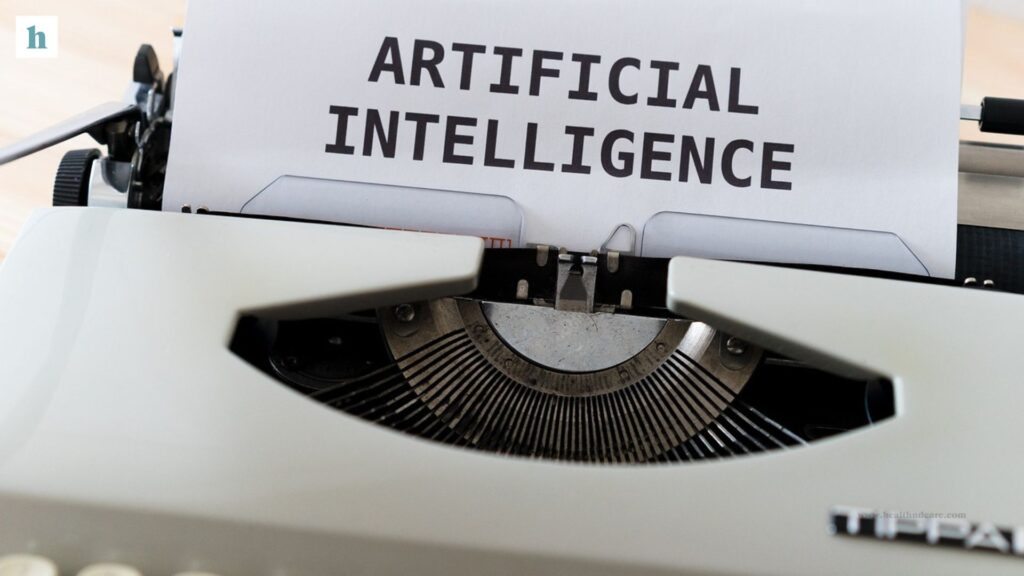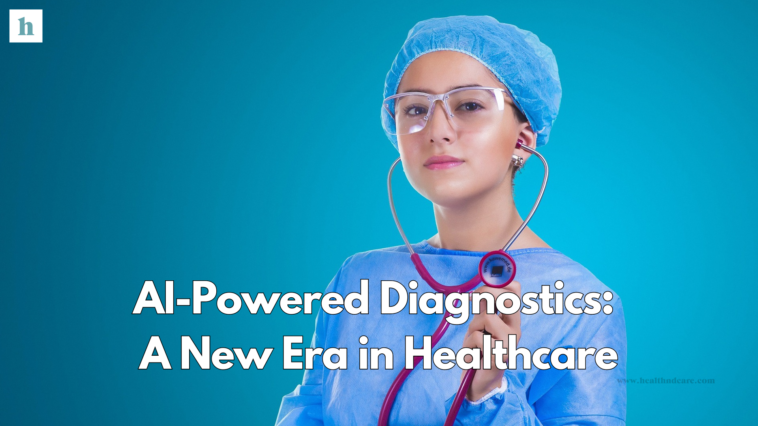The healthcare sector is going through a revolution with the advent of Artificial Intelligence (AI). This technology has been most successful in diagnosis. In the recent past, diseases have been diagnosed based on the knowledge and experience of doctors. Who have been in the field for long periods. On the other hand, AI-powered diagnostics are transforming.
This process by providing tools that can support or outperform human beings in recognizing illnesses. As a result, patients are likely to benefit from quicker, more accurate diagnoses that often detect disease earlier than before.
What Does AI-Powered Diagnosis Mean?
These systems employ algorithms and machine learning models for assessing medical data like lab findings, images, and patient records. They use datasets consisting of millions of cases thus enabling the machines recognize disease indicators by finding patterns.
For instance; they may examine X-rays, CT scans or MRI’s to detect any abnormality such as tumor or fracture. Similarly, blood test results can be checked. To see whether there are markers for diabetes, cancer or heart conditions among other. Accordingly doctors can make better decisions about their patients health. Since these types of diagnostics process such information fast but accurately.
Swiftness And Accuracy Of AI-Powered Diagnostics
- One advantage associated with these methods is their speed when it comes to processing information. Traditional means take longer hours since many tests have to be done. Alongside thorough investigations which could cause treatment delays. Whereas this one gives real-time analysis so necessary during emergencies or where early interventions save lives.
- On top of that AI makes diagnoses more precise. Because it does not tire like humans who make errors due to fatigue. Besides being subjective sometimes. Hence leading to wrong judgement calls especially on complex cases.
- With millions trained on various scenarios an artificial intelligence system offers consistency levels. Impossible for even highly skilled radiologists hence detecting breast cancer from mammograms earlier with potential good results.
How Can We Get Healthcare Closer To People Using AI Powered Diagnosis?

- AI powered diagnosis has greater potentiality in bringing healthcare services closer to individuals. Living remote areas or those with limited access due various reasons.
- In most parts of the world, there are few specialists and diagnostic facilities but many general practitioners. Therefore, setting up AI powered diagnostics can help such centers provide accurate diagnosis.
- Furthermore AI personalized medicine. This means that by considering someones genetic makeup alongside other lifestyle factors. Including previous medical background information it becomes possible for doctors come up with treatment plans.
- Specifically designed around an individual needs. Afterwards, doctors will administer effective therapy to reduce side effects and increase patients’ chances of recovery.
Obstacles Faced
However despite its numerous benefits there certain challenges faced when using AI systems during diagnose process. One major concern is the availability of sufficient amounts of well-refined training data sets required by these algorithms.
In case they are biased or incomplete then incorrect unfair results may occur especially among marginalized groups. Therefore proper care should be taken to avoid this issue.
There is also another challenge related to transparency. Which refers whether people involved can understand how decisions made were arrived. At some algorithms operate like “black boxes” making their workings invisible. Thus hard for healthcare providers fully trust them. Let alone adopting these technologies into daily practice.
Wide-spread acknowledgment requires that all AI-powered diagnoses must transparent interpret able. So as gain trust from users. AI algorithms need lots of high-quality data to train on. However if biased or incomplete, it can lead to inaccurate or unfair results. Particularly among underrepresented groups.
There are worries about AI transparency since in some instances it operates as a “black box” without clear explanations. Which makes health care providers not able fully rely on it unless. They know what went wrong during decision making process. Hence ensuring that this happens forms key part wide acceptance this technology in diagnosis field.
Lastly, even if they can do many things, AI-powered diagnostics systems will never take over physicians. Collaboration between human doctors and artificial intelligence is the key to success. It can process huge amounts of data for diagnosis. While leaving doctors with enough time for patients’ needs like caring and communicating.
In conclusion
AI-powered diagnostics are transforming healthcare by providing faster, accurate and personalized diagnostic tools.
These new methods combined with traditional medical skills. And enable us to make more accurate diagnoses in future. Which give each patient an individualized treatment plan and provide better care to people.



